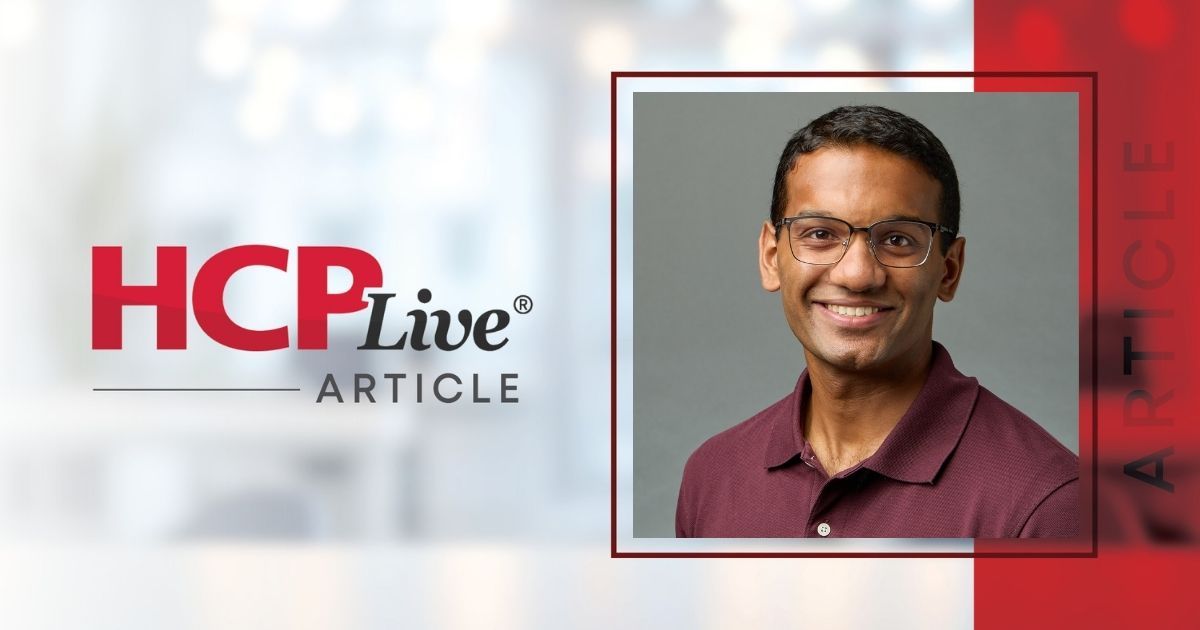Recent Study Exposes GLP-1 Access Challenges for Adolescents and Young Adults


Significant Potential for GLP-1RA Therapy Among Young Population Revealed by Yale Research
Recent research from Yale School of Medicine has illuminated a critical opportunity in the treatment of obesity and type 2 diabetes (T2D) among adolescents and young adults in the United States. The study indicates that approximately 17 million individuals aged 12 to 25—about 25% of this demographic—may be eligible for Glucagon-Like Peptide-1 Receptor Agonist (GLP-1RA) therapy, a burgeoning class of medications designed to assist with weight loss.
GLP-1RAs have been gaining attention in both healthcare settings and media outlets as potentially transformative treatments for metabolic conditions. Lead author Ashwin Chetty, a medical student at Yale, highlights that while these medications are approved for managing pediatric obesity and T2D, their uptake remains alarmingly low. This discrepancy is primarily attributed to structural barriers, including limited access to care and inadequate insurance coverage.
Utilizing data from the National Health and Nutrition Examination Survey, Chetty and his research team noted that Medicaid and private insurance are the predominant payers for young patients qualifying for GLP-1RA therapy, covering around 80% of those eligible due to diagnoses related to obesity, T2D, or weight-related health issues such as hypertension and dyslipidemia. However, the researchers identified several systemic healthcare barriers that undermine potential treatment access. Approximately 7% of adolescents and 19% of young adults in the study reported being uninsured. Moreover, while over 90% of adolescents indicated they had a regular healthcare provider, only about 68% of young adults reported similarly, reinforcing the need for improved health service utilization in this age group.
Only a minority of state Medicaid programs currently include GLP-1RAs in their coverage for weight management, a significant gap that the researchers argue could be addressed by expanding access to these essential medications. “Broad anti-obesity medication coverage through Medicaid could substantially increase access to GLP-1RAs for adolescents and young adults,” Chetty asserts. Nonetheless, he cautions that high uninsured rates and barriers to routine healthcare remain impediments to effective treatment.
Dr. James Nugent, a co-author of the study, adds, “Addressing the public health crisis of pediatric obesity requires a comprehensive strategy that includes anti-obesity medications as part of a broader management plan.” Similarly, Dr. Mona Sharifi, section chief of general pediatrics at Yale, emphasizes the importance of medication access as a vital component of combating the rising rates of obesity among the youth population.
This pivotal research underscores a pressing need for policy interventions to enhance healthcare accessibility and coverage, particularly for a vulnerable demographic that faces significant health risks associated with obesity. As the prevalence of T2D and obesity continues to climb, addressing these barriers may be key to improving outcomes for millions of adolescents and young adults in the United States.
In summary, while GLP-1RA therapy has the potential to markedly improve health outcomes for eligible young individuals, systemic challenges in healthcare access and coverage must be addressed to ensure that these innovative treatments reach those who need them most.




